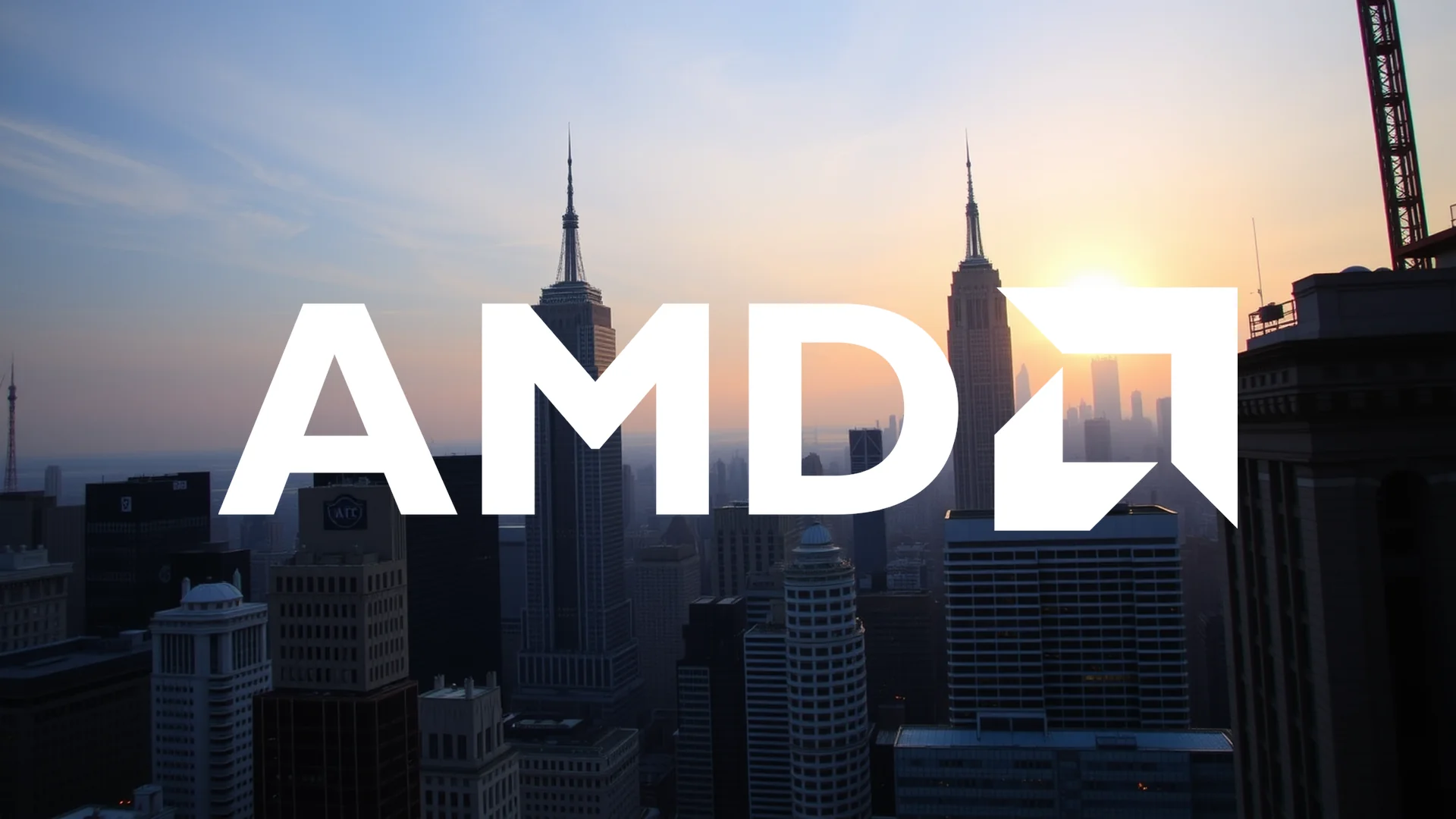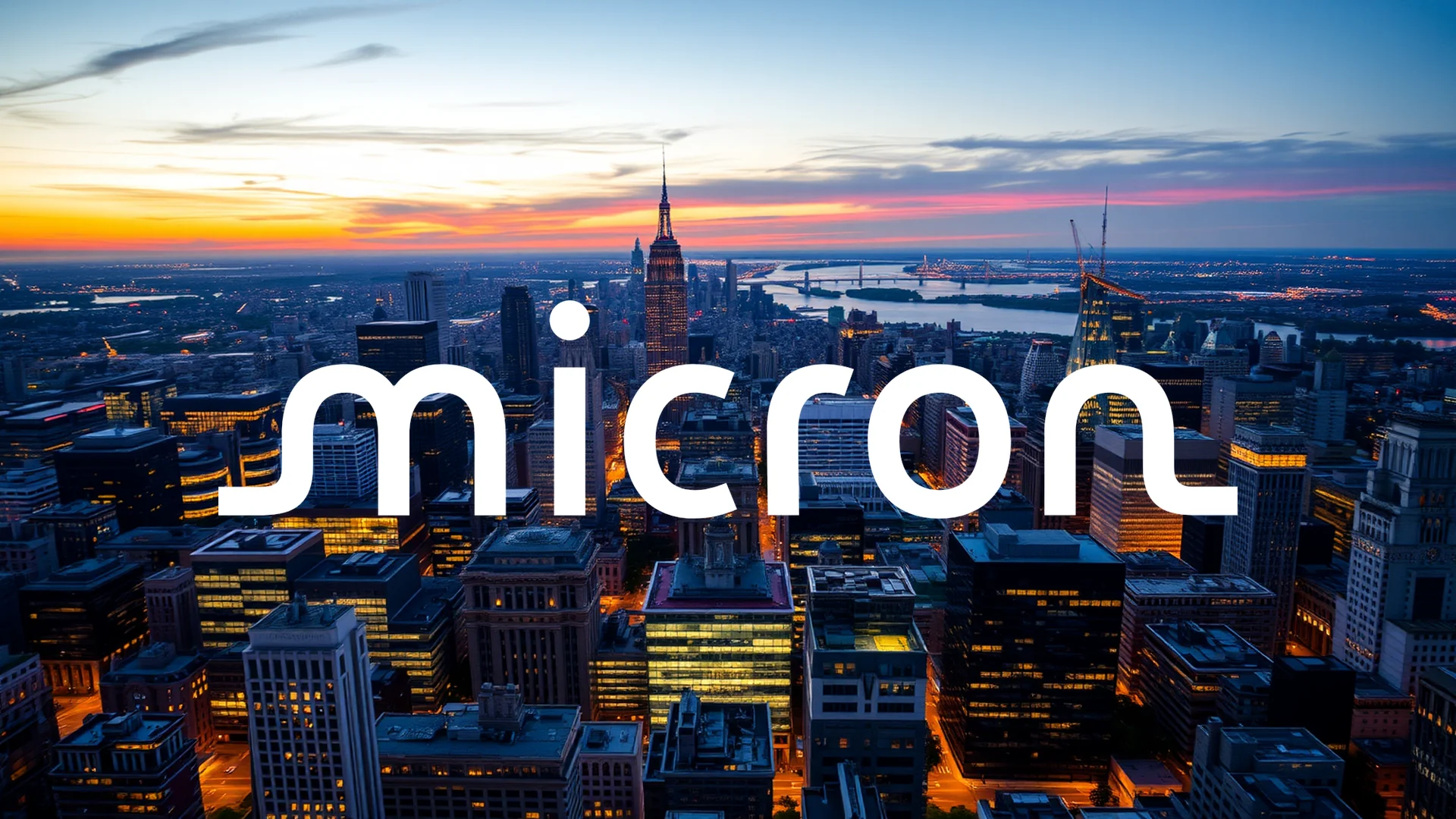A transformative partnership has positioned Advanced Micro Devices (AMD) for a new phase of growth in the artificial intelligence sector. The semiconductor company’s newly announced multi-year agreement with OpenAI is being hailed as a strategic masterstroke, sending its shares on a historic upward trajectory and establishing it as a formidable competitor to Nvidia.
Strategic Partnership Reshapes Market Dynamics
The core of this landmark deal involves AMD securing a commitment to supply OpenAI with 6 gigawatts of computational power, to be delivered across several generations of its chips. The initial implementation phase is scheduled for the second half of 2026, commencing with 1 gigawatt of capacity powered by the new Instinct MI450 series. This arrangement stands as one of the most significant GPU agreements in the history of the AI industry.
In a unique structural component, OpenAI receives warrants for 160 million AMD shares, representing a potential 10 percent equity stake. These warrants are contingent upon the successful implementation of the technology and the achievement of specific stock price milestones.
Financial Projections Signal Massive Growth
The financial implications of this alliance are substantial. AMD’s Chief Financial Officer, Jean Hu, has forecast that the deal alone will generate “tens of billions” in annual revenue. Even more impressive is the company’s projection of over $100 billion in additional income within a four-year timeframe, driven not only by the OpenAI partnership but also by anticipated business from new clients attracted by this prestigious collaboration.
Market analysts have responded with notable optimism. Both Jefferies and Barclays have elevated their price targets for AMD to record levels of $300 per share. This bullish sentiment follows a period of strong performance for the equity, which was last quoted at 185 euros and recorded a 32 percent gain in the preceding week alone.
Should investors sell immediately? Or is it worth buying Advanced Micro Devices?
Competitive Landscape Transformed
This partnership fundamentally alters the competitive dynamics of the AI chip market. While Nvidia maintains its own collaboration with OpenAI, AMD has introduced a distinctive element through its equity-based incentive structure. For OpenAI, this arrangement provides crucial diversification of its supply chain, reducing dependency on any single provider.
The cooperation extends well beyond simple hardware procurement, encompassing deep collaboration on software optimization and joint development of technical roadmaps. For AMD, this represents long-sought recognition as a serious contender capable of challenging Nvidia’s market dominance.
Assessing the Sustainability of Market Momentum
Current growth projections present a compelling narrative. Analysts anticipate revenue growth of 27 percent for 2025, followed by a further 19 percent expansion in 2026. Earnings per share could potentially surge by 50 percent in 2026.
However, with the stock trading at a price-to-earnings ratio of 51.6, significant future growth appears already priced into the current valuation. Technical indicators show some moderation following the recent rally, with the Relative Strength Index reading of 35.1 suggesting potential consolidation. The central question for investors remains whether the OpenAI agreement provides sufficient foundation to justify these elevated expectations over the long term, or if the recent surge represents the peak of this growth cycle.
Ad
Advanced Micro Devices Stock: Buy or Sell?! New Advanced Micro Devices Analysis from November 26 delivers the answer:
The latest Advanced Micro Devices figures speak for themselves: Urgent action needed for Advanced Micro Devices investors. Is it worth buying or should you sell? Find out what to do now in the current free analysis from November 26.
Advanced Micro Devices: Buy or sell? Read more here...










